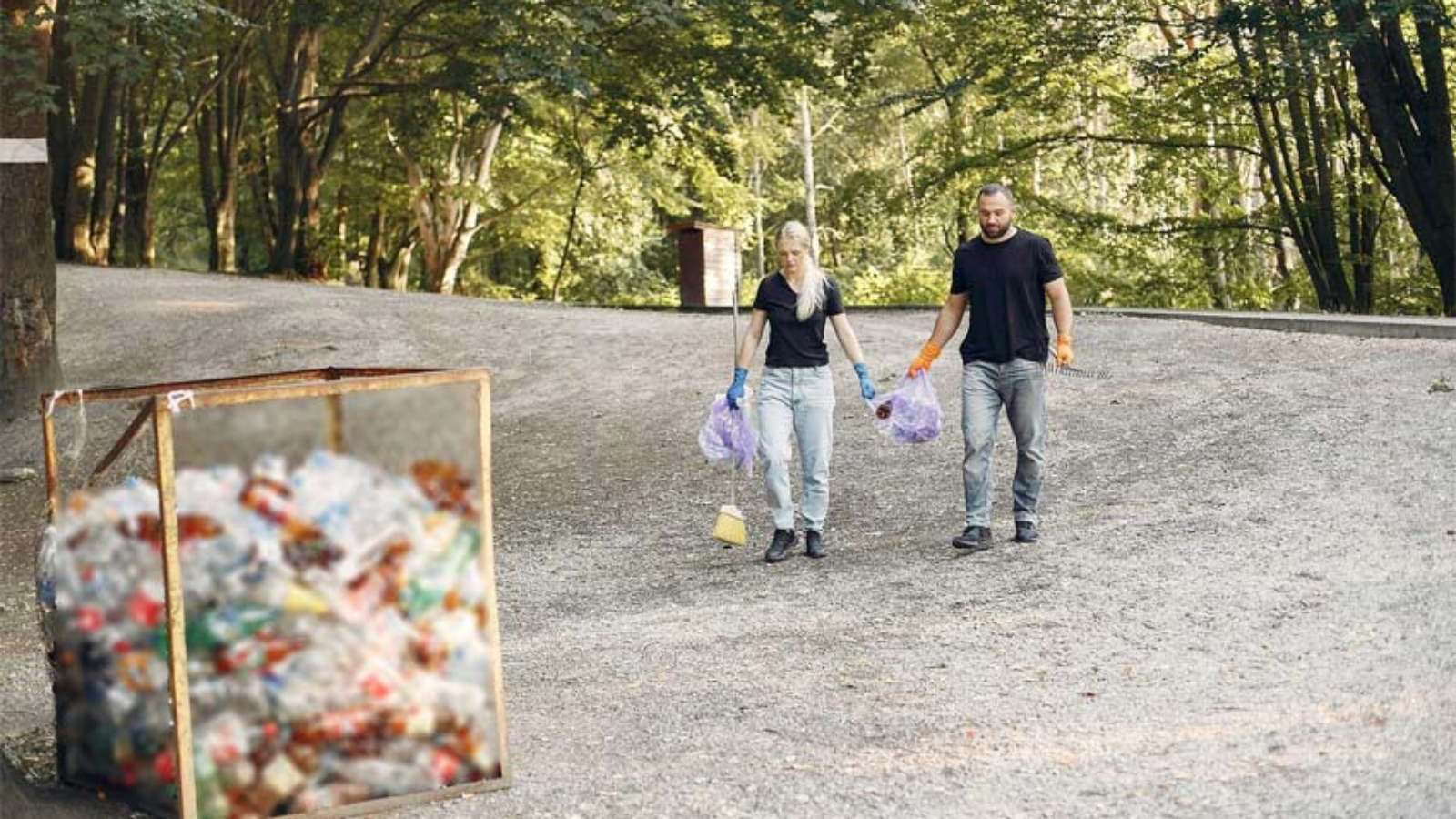Reduce, reuse, and transform. These are not just environmental buzzwords, but fundamental principles for any tourist destination aiming to truly become sustainable.
In Argentina, the management of urban solid waste and hazardous waste in high-traffic tourist areas is a complex issue that spans from basic infrastructure to the daily coexistence between visitors and local communities. How are some of the country’s main destinations addressing this challenge?
In this article, we review initiatives, data, and approaches that show why waste management is a central issue in the development of more conscious tourism, with concrete examples from Bariloche, El Chaltén, and national protected areas.
Tourist Waste: An Environmental and Social Issue
Tourism creates jobs, boosts regional economies, and opens opportunities. But it also leaves a footprint. According to a Booking.com survey, while 34% of Argentinians believe tourism has a positive impact, the main concerns are traffic, garbage, mass tourism, and rising living costs.
Waste generation in tourist destinations often multiplies during peak seasons, and local waste collection, recycling, or treatment systems are frequently unprepared for these surges. This situation affects not only the environment but also the travel experience and the quality of life of year-round residents.
Bariloche: Technology and Planning to Generate Less Waste
Known as Argentina’s “National Capital of Adventure Tourism,” San Carlos de Bariloche is one of the country’s most visited destinations. In 2022, the city began implementing a new waste reduction plan, incorporating digital tools to monitor waste separation in real-time and work with recyclable and forestry materials.
This approach combines municipal management, technological innovation, and citizen engagement. It’s not just about reducing the amount of waste generated, but about transforming the relationship between the community—and tourists—and the environment. Promoting a circular economy in tourist destinations is a key step toward achieving that goal.
Protected Areas: Reduce, Reuse, Repair, and Recycle
The Integrated Waste Management Program in Protected Areas, developed by the National Parks Administration, proposes a clear strategy: minimize, transform, reuse, repair, and recycle. This holistic approach aims to prevent pollution in some of the country’s most fragile and valuable environments, such as national parks, nature reserves, and natural monuments.
Actions include the installation of recycling points, the formation of environmental brigades, awareness campaigns for visitors and tour operators, and strengthening partnerships with local communities for joint waste management.
One of the major challenges remains the transport and final treatment of waste in remote areas, where access is limited and operating costs are high. That’s why prevention and the design of low-impact tourist experiences are so important.
El Chaltén: When Paradise Collapses
El Chaltén, Argentina’s trekking capital, is one of the most alarming examples of what happens when tourism growth is not accompanied by proper infrastructure. The town’s sewage treatment plant is overwhelmed, and in 2024, the presence of a multi-resistant bacteria was detected in the Fitz Roy River, raising health and environmental alerts.
The exponential growth in visitor numbers, lack of long-term planning, and pressure on basic services show that sustainability cannot be improvised. Tourism can be a source of development, but also a threat if not regulated and managed with environmental and social criteria.
This case highlights the urgent need to implement coordinated public policies, infrastructure investment, and a cross-sectoral approach where waste management is seen as part of a destination’s core planning.
Key Elements for Effective Waste Management in Tourism
Argentina’s experience offers valuable lessons on how to improve waste management in tourist destinations. Below are some key takeaways from these cases:
Technology and Innovation as Allies
Real-time monitoring of waste generation and separation enables more accurate and effective decision-making. Tools such as sensors, data platforms, and environmental education apps can strengthen both municipal management and citizen participation.
Ongoing Environmental Education
Signs that say “Do not litter” aren’t enough. Sustainable tourism requires continuous education that includes tourists, service providers, and local communities. Workshops, interactive signage, social media campaigns, and training for tourism workers are key tools to promote behavioral change.
Public-Private Collaboration
No single sector can handle waste management alone. Public policies must be complemented by commitments from the private sector (hotels, travel agencies, service providers) and supported by social organizations and recycling cooperatives.
Territorial Planning and Carrying Capacity Limits
A destination’s carrying capacity is not just a technical number: it should guide infrastructure development, tourism promotion calendars, and the availability of basic services. When that capacity is exceeded, as happened in El Chaltén, the consequences can be irreversible.
Circular Economy and Waste Valorization
Waste is not just garbage—it can also be a resource. Some destinations are developing initiatives to convert forestry waste into biomass, produce recycled items from tourist plastics, or reuse materials in public works.
Tourist Waste or Strategic Resource?
Managing waste in tourist destinations is not a minor or secondary issue. It is a necessary condition for tourism to be truly sustainable. Argentina is making progress in some regions, but also faces significant challenges that demand greater investment, long-term planning, and a new environmental culture shared by both visitors and residents.
Promoting tourism that minimizes its environmental impact and maximizes its social value means rethinking every stage of the journey: from how we access a destination to what we do with what we leave behind. Waste doesn’t disappear—it transforms. And so can tourism.
Want to learn more about sustainable tourism, local experiences, and professional training in the sector? Explore all the articles at dualtourism.eu/news and join the community that’s transforming tourism through commitment and action.


